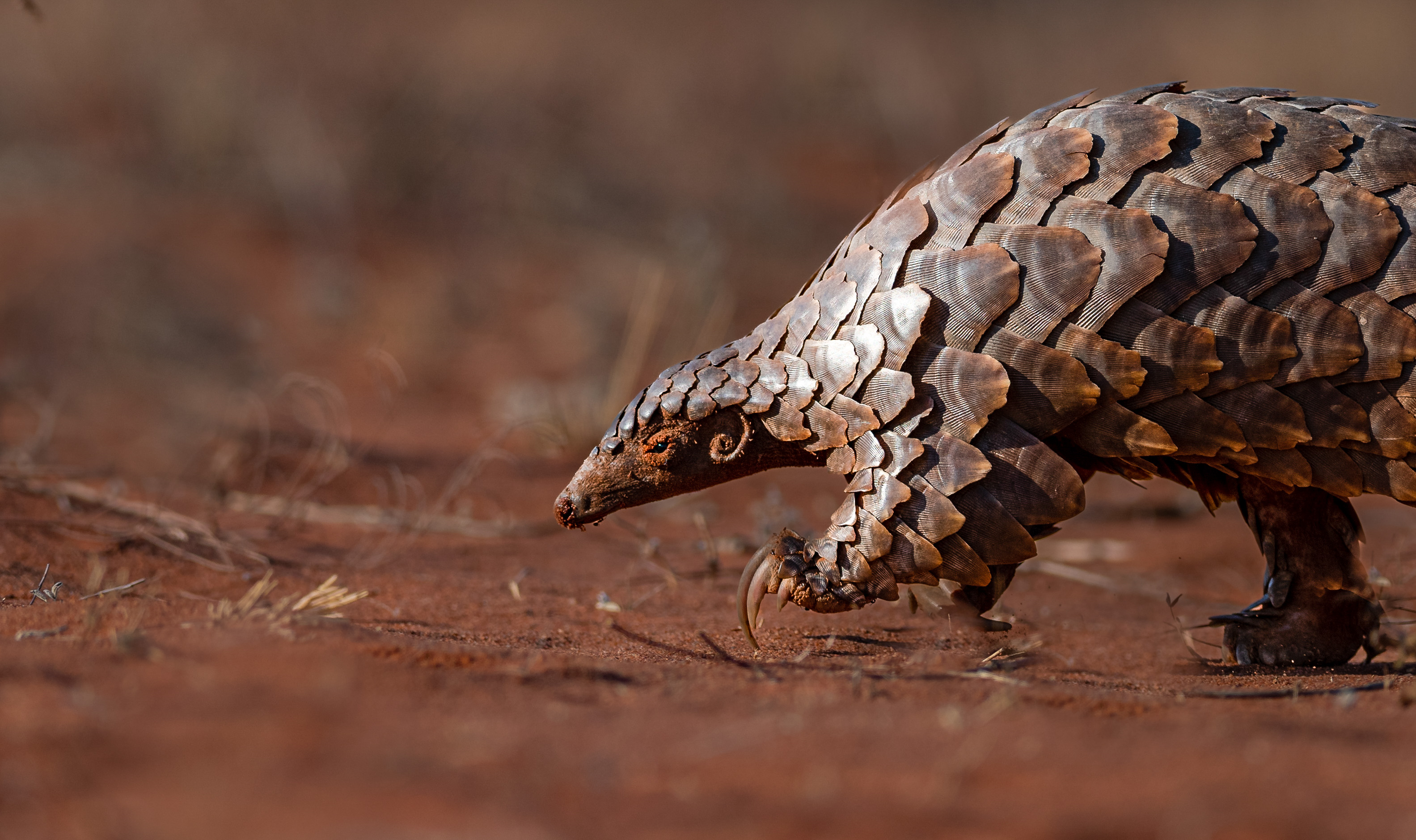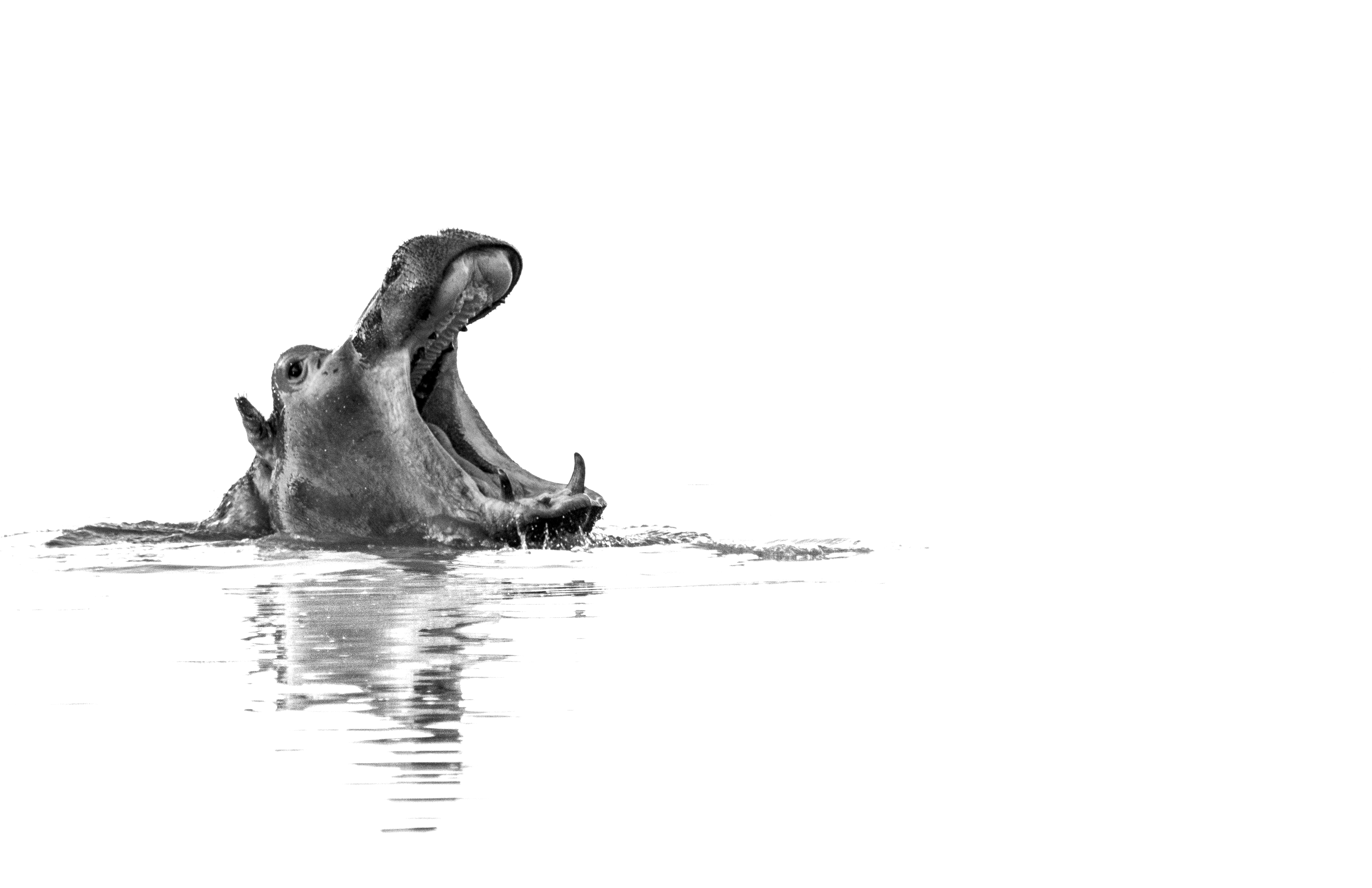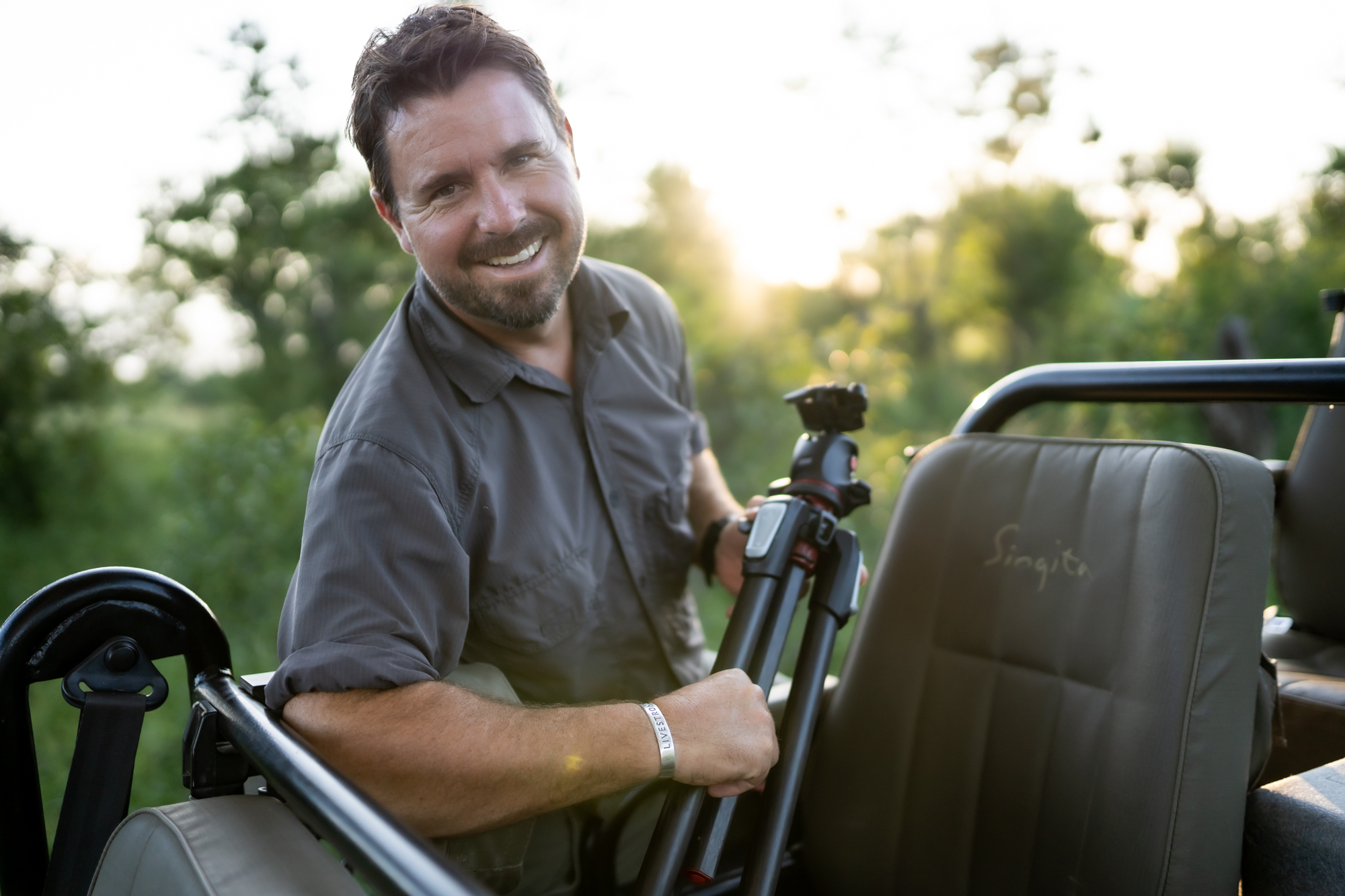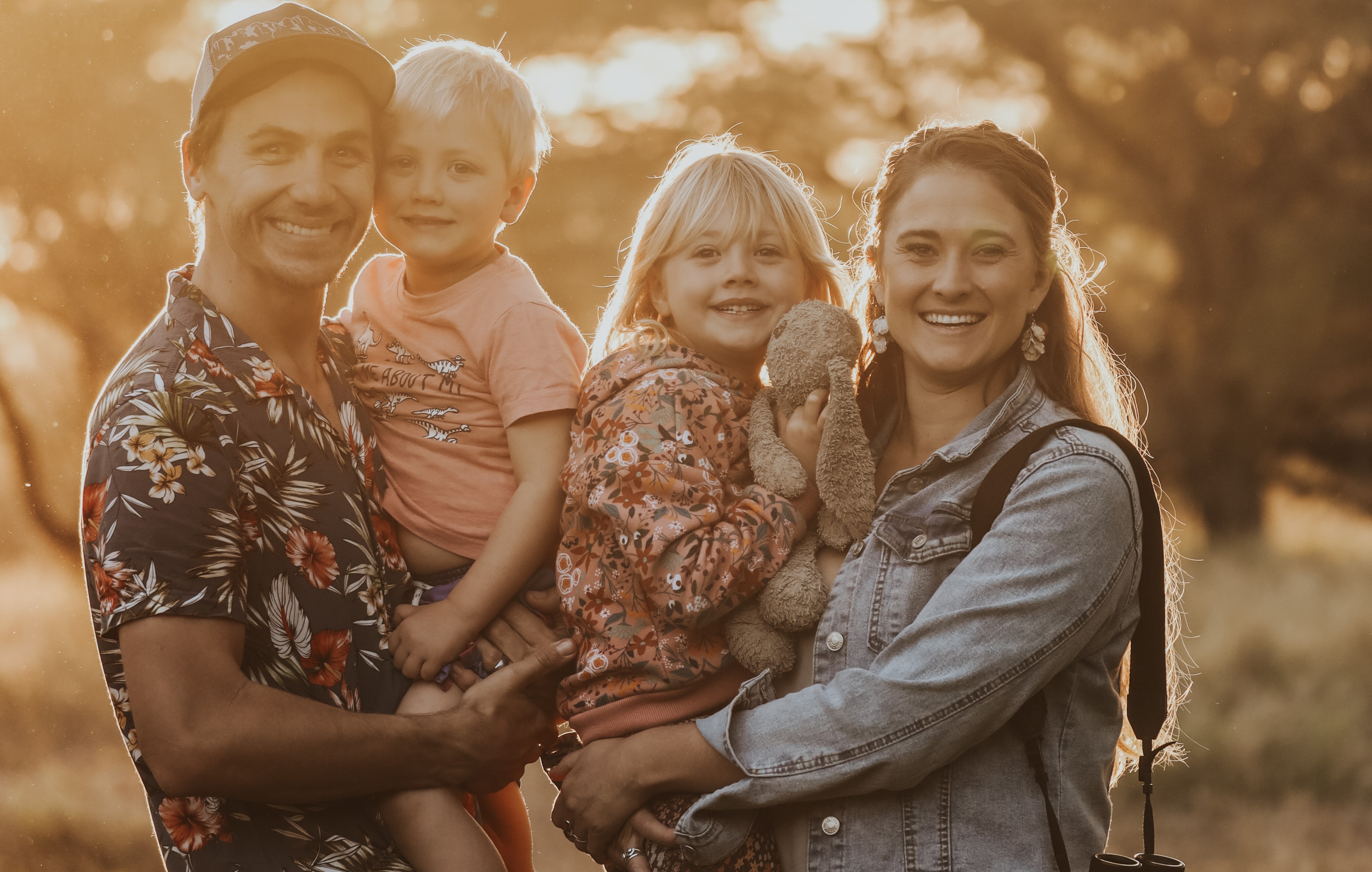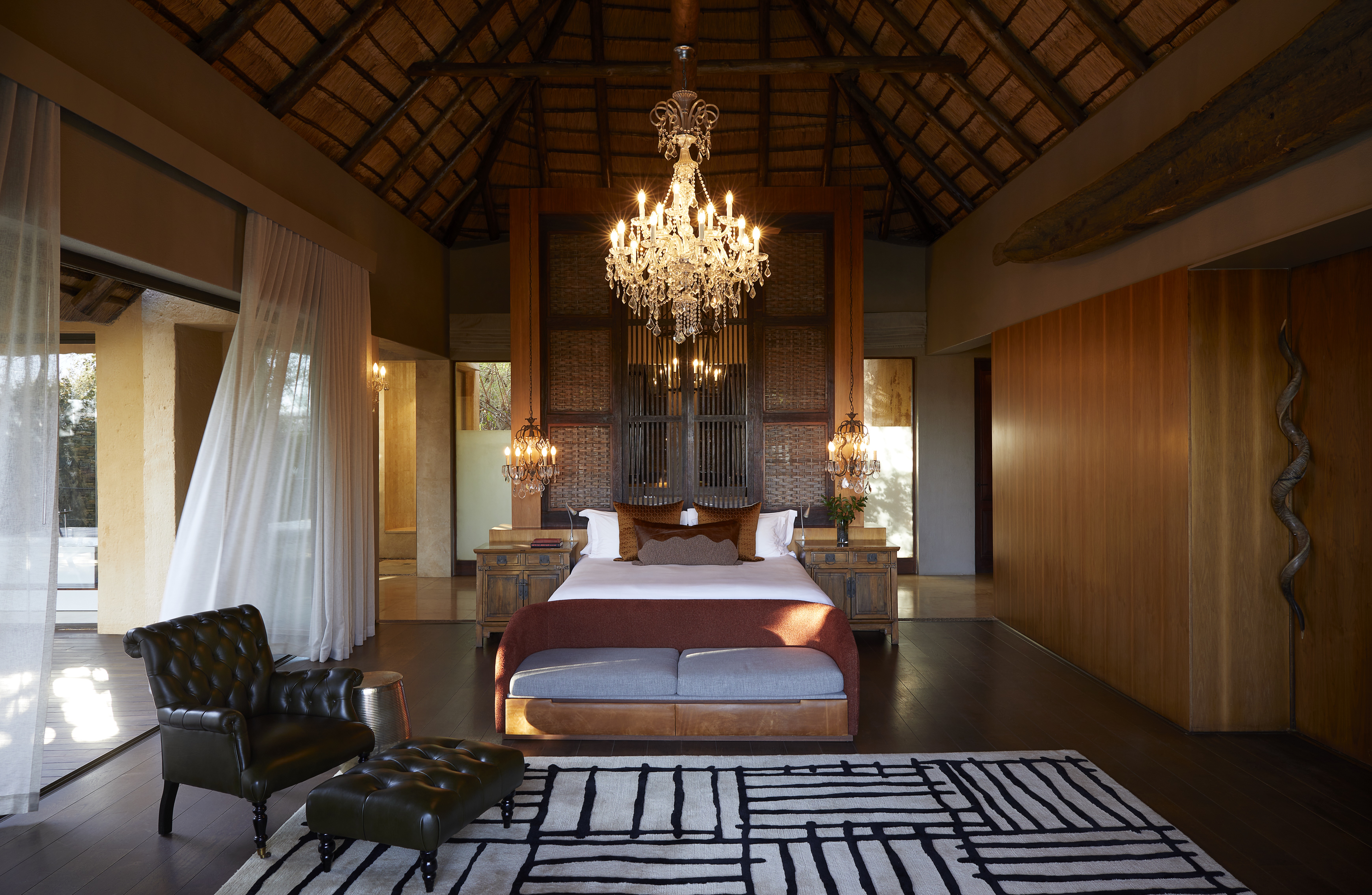Meet Rodger Bowren, a seasoned safari guide and exceptional wildlife photographer. Rodger’s life’s work is dedicated to sharing the wonders of the wild world whether leading expertly guided safari excursions or capturing its essence through his camera lens. We had the privilege of speaking with this passionate wildlife expert to uncover the origins of his love for the wild, the profound reverence he holds for these creatures and their natural environments, and the gear he uses to capture his dynamic work.
Please tell us a little about yourself.
My name is Rodger Bowren, and I’m a private safari guide. I have been in the industry since 2008 and have been fortunate to guide at some of South Africa’s top safari lodges. I moved to Cape Town in 2015 to pursue my career in private guiding and planning safaris all over Africa.
Can you describe your journey into wildlife photography? What inspired you to pursue this field?
I have always appreciated good photos but never had much interest in photography growing up. As a guide, you discover what your interests are, and mine has always been birding. I decided to get into bird photography to challenge myself; no matter where you go there are birds to be seen and photographed. From there, my passion for all aspects of photography grew.

What equipment do you typically use for wildlife photography, and what are your favorite lenses and camera settings for capturing wildlife?
I am currently shooting with the Nikon Z6 II and Sony A9 II. I have always been a Nikon fan, but when the craze of Sony boomed, I decided to jump on board. I am still figuring out what I prefer to use, but it’s very handy knowing both cameras.
Favorite lenses are:
70 – 200mm F2.8
300mm F2.8
400mm F2.8
Depending on the subject and the image I want to capture, my settings will vary between aperture priority and manual. My f-stop will range between f2.8 – f5.6, and the shutter speed varies.
Wildlife photography often requires a lot of patience and waiting. Can you share a memorable experience where your patience paid off with an incredible shot?
I have a few memorable experiences, but one that comes to mind is a birding mission with a friend, Simon Smit, in Kirstenbosch Gardens. We had heard about an elusive bird that was spotted called a Buff-spotted Flufftail, so without hesitation, we grabbed our cameras and headed for the gardens. With a rough idea of the area and type of vegetation it was in, we weren’t sure of our chances of seeing it, let alone photograph it.
After many hours of sitting patiently, we had a split-second flash of what we thought must have been it. We gave it a few minutes and got a second glimpse, and confirmed it was the bird. I did not get an image the first day but returned frequently to finally get the shot. I won’t say it’s an amazing picture, but happy to have spent many hours putting in the effort to at least get one shot.
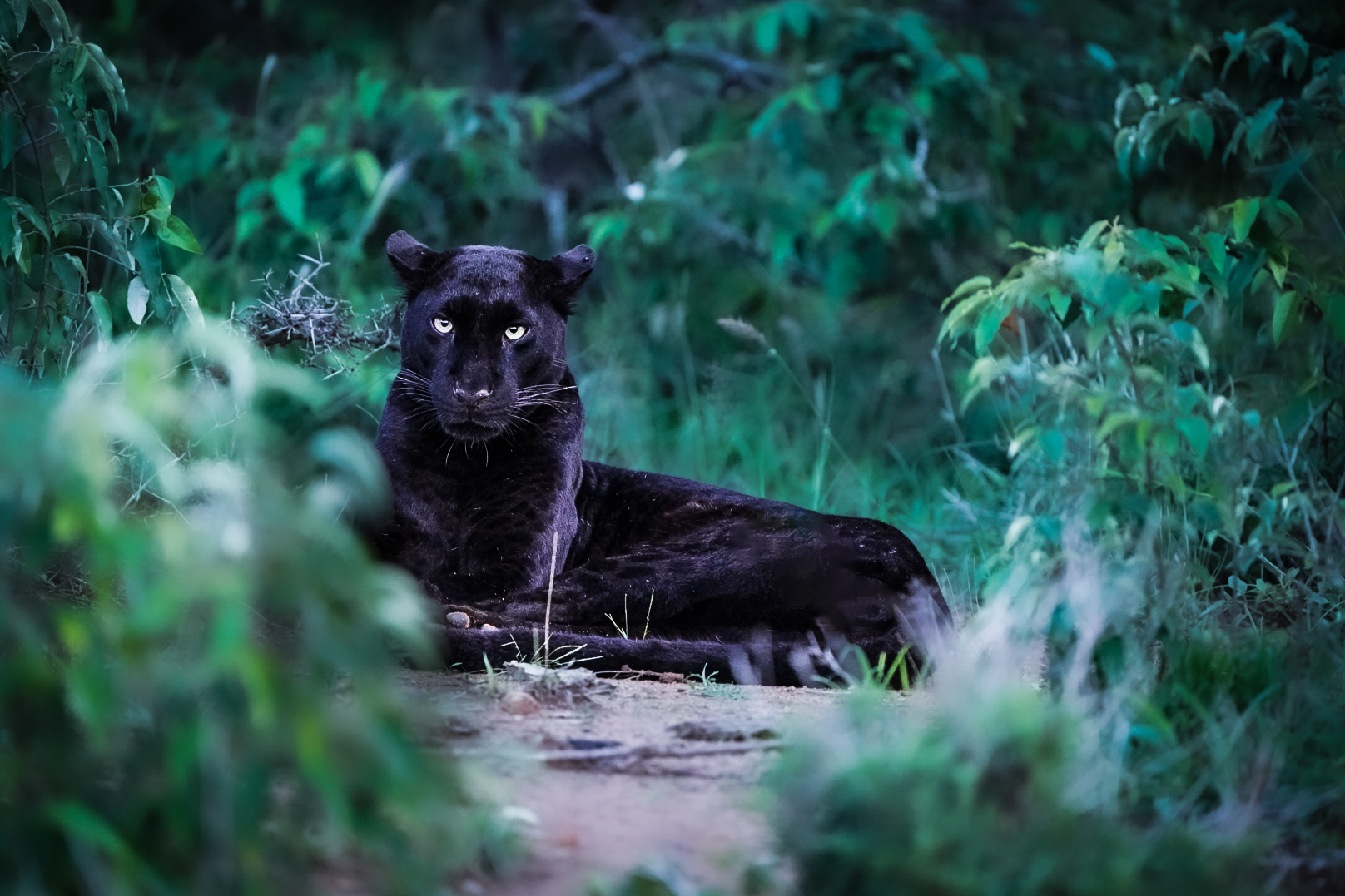
How do you approach ethical considerations in wildlife photography, such as not disturbing animals or their habitats?
Great question – The animal and its habitat always come first. I always teach my guests that one of the most important things to know in the field is animal behavior. This will get you out of a potentially dangerous situation and you can preempt what the animal movements are. Giving animals their space and letting them approach you is the right way to do it. The animal is then relaxed and you will have a better chance of getting great images.
Tell us about your experience working in various natural environments and climates. How do you adapt to different conditions?
Most of my trips are from South Africa up to East Africa. The habitats and climates vary from bushveld savannas, floodplains and deserts to tropical rainforests. So prepping for all types of climates is important. I generally start looking at the weather patterns a week out from a trip and then prepare for it. Winter months are generally the best time for safari and photography, but I enjoy the contrasts of all the seasons.
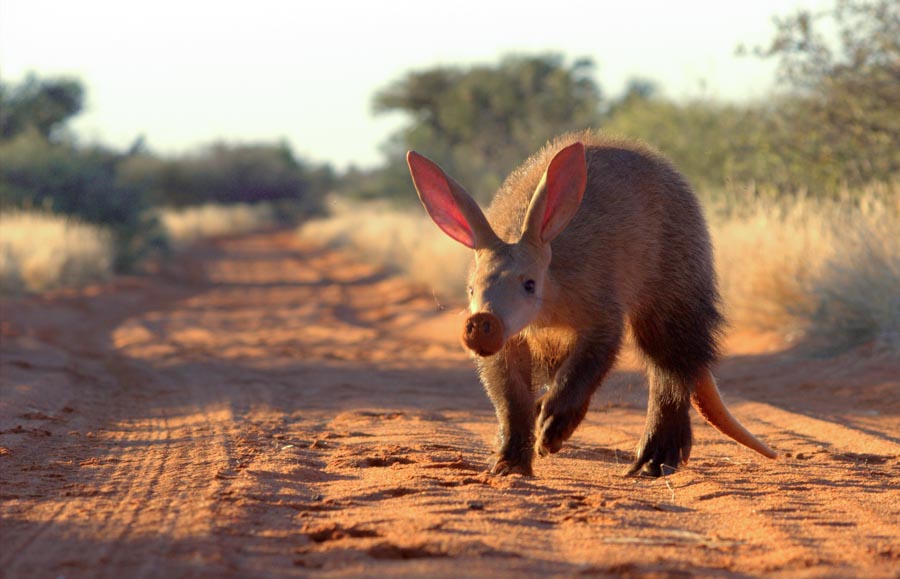
Wildlife photography often involves traveling to remote locations. How do you plan and prepare for these trips, including safety measures?
I’m fortunate to have an experienced guiding network of friends in the industry who are always on the road in different locations and well-traveled around Africa. We are all constantly in contact and update each other on important information from safety, the best local guides to use, travel time between destinations, etc. Having a direct managing company (DMC) in each country is important, as they make sure your trip runs smoothly and you have people on the ground to rely on if you run into any issues.
Editing plays a significant role in photography. How do you approach post-processing your wildlife images while maintaining their authenticity?
I find editing images an art on its own, and you can recognize someone’s photographs by their style, which I quite enjoy. I will edit an image depending on what I want to do with it afterward, so it all depends on the image as to how I’ll edit it. Not overediting is always key.

Can you share any experiences where you faced challenges while photographing wildlife, and how did you overcome them?
I think the most challenging is capturing Chimpanzees. Being a dark subject in low light conditions that moves really fast through the canopies of trees and on the ground can be a real challenge. You constantly have to change your exposure, hoping they settle down and start feeding. I’m always prepared to move fast through the forest, have patience, and make sure I know what settings I need to be on all the time.
Gorillas can sometimes also be a challenge due to the low light in the forest and the dark subject. It often happens; you expose for the gorilla, and then bright sunlight suddenly hits the vegetation, overexposing around your subject. But these days you can fix that up in the post edit.
Conservation is an important aspect of wildlife photography. Have you been involved in any conservation projects or used your photography to raise awareness about wildlife conservation issues?
I have not been involved with any projects yet, but I think wildlife photography is a form of conservation. I find my images get people interested in visiting areas, which essentially brings money to conserve those wildernesses.
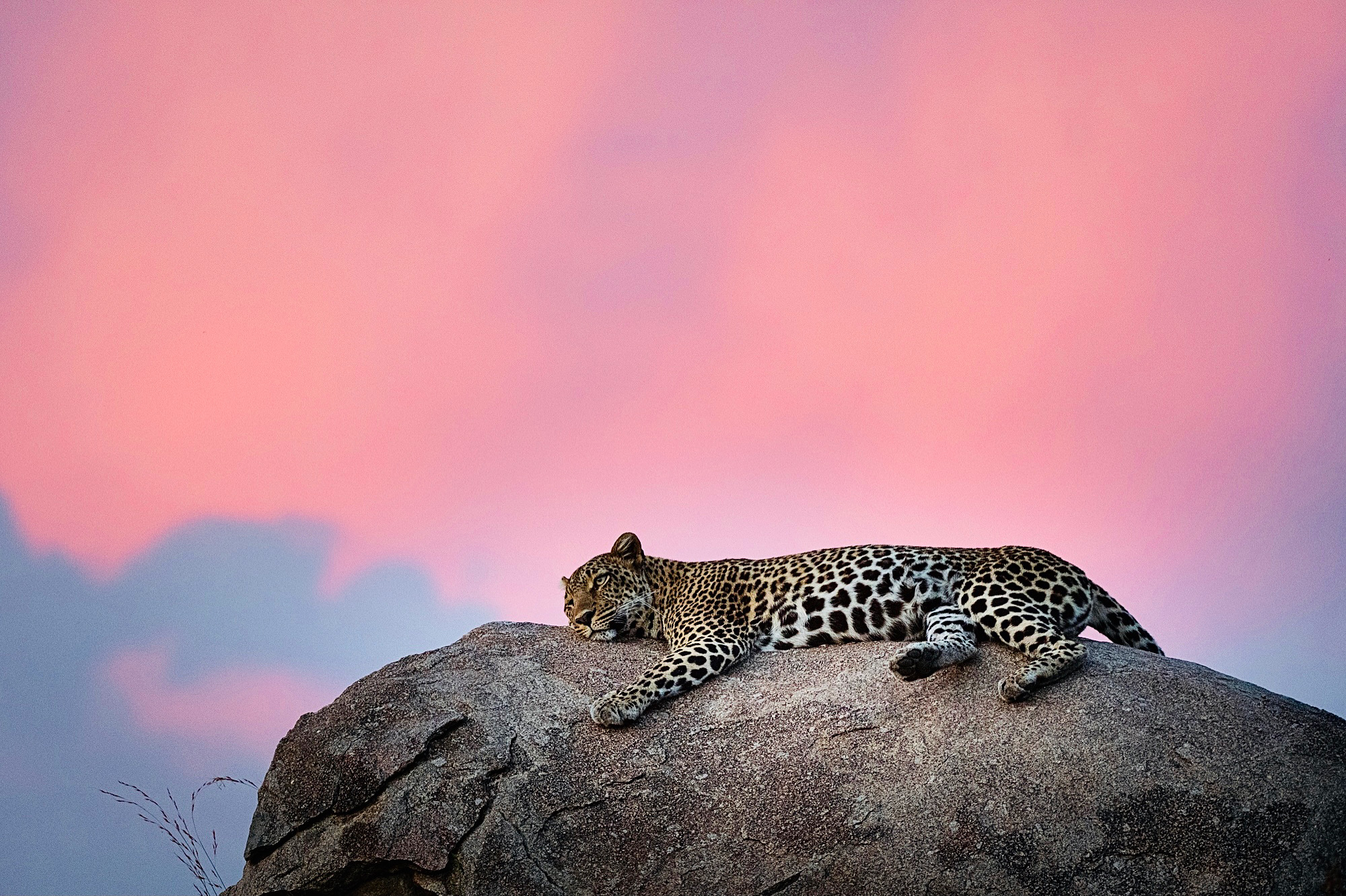
What is your favourite type of wildlife to photograph, and why? Do you have a dream location or subject you aspire to photograph?
It all started with birds, which I still very much enjoy. But Leopards, Gorillas, Chimpanzees, and aerial photography have also become my favorite. I have a few dream locations, which I will hopefully get to in the upcoming years.
- Chile for the Pumas
- India for tigers and leopards
- Artic circle for polar bears
- Antarctica for penguins
- Borneo for Orangatangs and the amazing birds of paradise.
How do you handle unexpected or dangerous situations that may arise while photographing wildlife?
I am constantly aware of dangerous situations and make sure I have a plan if something goes wrong. My number one priority is to always make sure my guests are in a safe place, and then assess the situation as it unfolds. As I said before, animal behavior is important, and knowing your subject can prevent you from getting into dangerous situations.
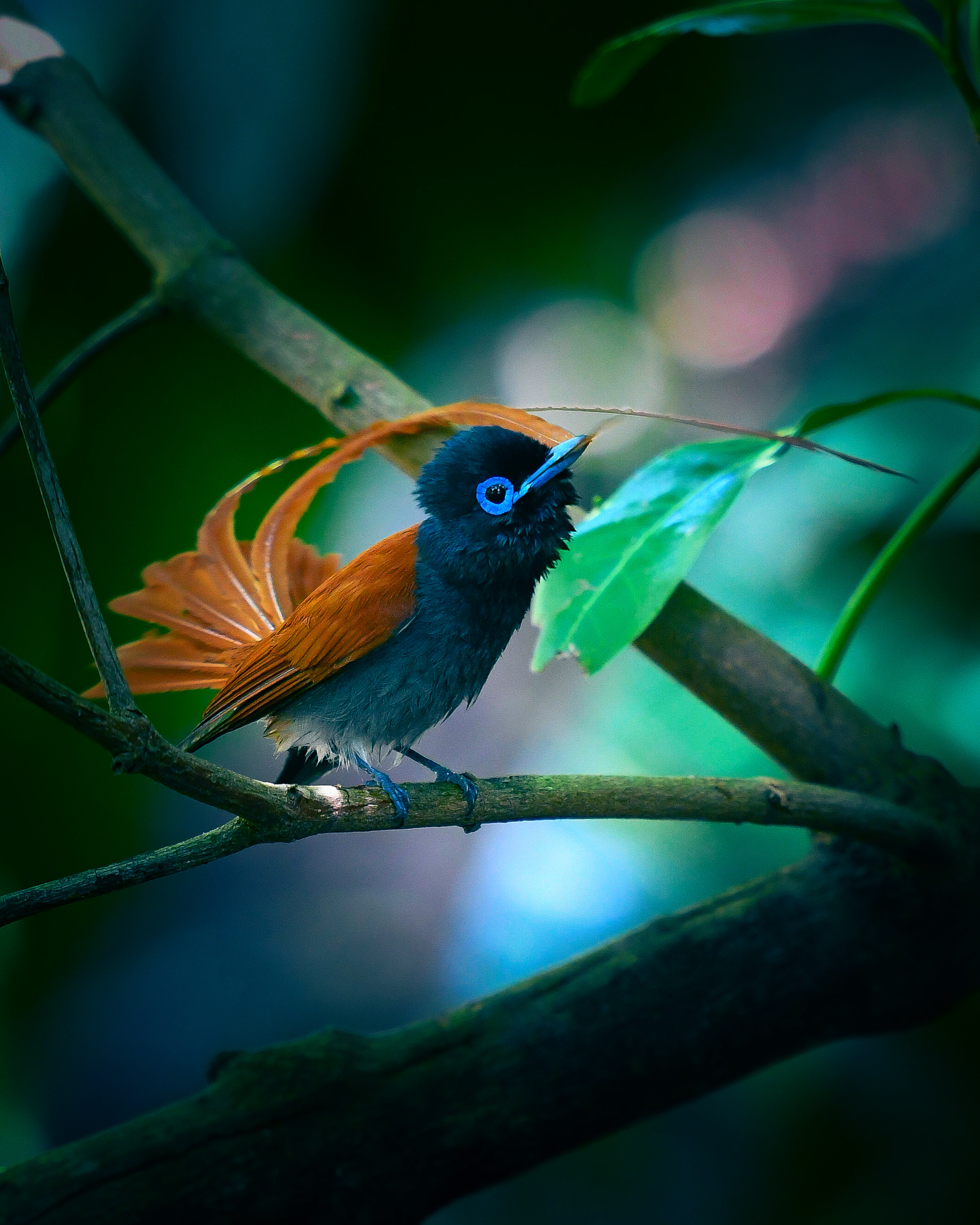
In wildlife photography, being in the right place at the right time is crucial. How do you plan your shots and anticipate animal behavior?
Having been in the safari industry for a while, I have learned the different characteristics and behavior patterns of animals. It comes naturally to know how to position for the shots, and then you hope it all comes together. Wildlife is active at different times of the day, so it all depends on what you want to see and photograph. Eye-level images are always great to capture, so being further away from the subject will help, especially if it’s walking towards you – this allows you to have more time to capture shots.
What advice would you give to those eager to begin a career in wildlife photography?
Save up and get yourself a versatile camera and lens. Stay humble, have patience and passion for what you do, and everything else will fall into place.

